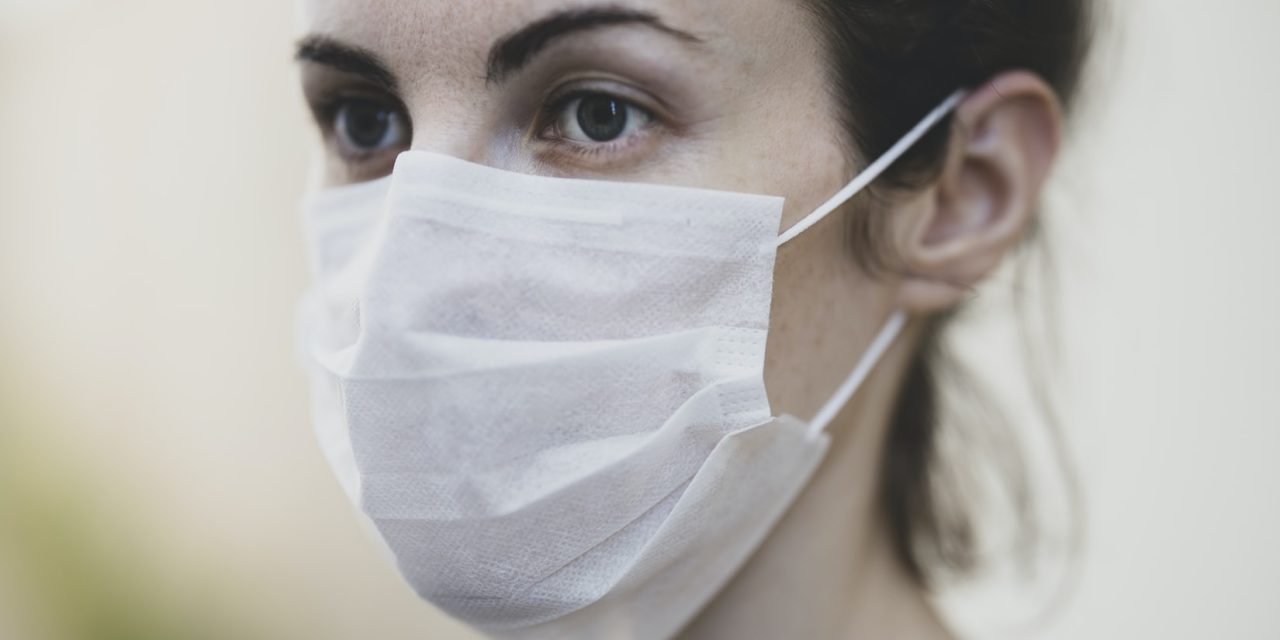Photo by engin akyurt
While it’s challenging for businesses just to keep the doors open, the coronavirus also makes it difficult to maintain workplace safety.
In general, it’s important to follow the workplace-safety guidelines of the Centers for Disease Control and Prevention (CDC).
Meantime, depending where you’re located, certain states and cities also have their own regulations to follow. Some adhere to policies of the Occupational Safety and Health Administration (OSHA).
It’s one thing to determine the right protocols to follow, it’s also vital to police them. For instance, some customers refuse to wear masks.
Here are workplace-safety guidelines to consider:
CDC guidance
At this writing, business, nonprofits and schools aren’t required to follow the guidelines but it’s a best practice to do so if they don’t conflict with your local regulations.
CDC recommendations:
- Conduct a risk assessment of your business.
- Implement daily health checks.
- Encourage wearing of masks.
- Develop and implement social-distancing.
- Upgrade your ventilation system.
- Send sick workers home.
- Don’t allow sick employees to come to work.
- Alter your absenteeism policies to encourage employees to be honest about their health.
- If you’re required to do so, adhere to the Families First Coronavirus Response Act (FFCRA).
Health screenings:
- Provide multiple screening entrances to your business.
- Screeners should wear protective masks.
- Install barriers to separate workers.
- Know the right questions, screenings and maintain confidentiality (see EEOC guidance).
- State and local requirements
- Check to see if your city has special health requirements.
- Check your state’s requirements, which are typically located on the web sites of your governor or the department of health.
Face-covering policy
Update your policies and employee handbook. You can create an addendum on pandemic emergency policies.
If your business is governed by the FFCRA, explain the available paid leave, return-to-work screening and sick-leave policies.
CDC guidelines for face coverings:
- All employees must wear a cloth face covering.
- Both mouth and nose should be covered and the mask should be secured under the chin. Breathing should be easy. Hands must be washed before putting on the masks.
- Employees who have medical conditions with difficulty in breathing or who are unable to wear a mask because of physical limitations should not wear a mask. Check with human resources and request an ADA reasonable accommodation.
- Face coverings are the responsibility of each employee. They must be worn and removed without touching the fabric. Also, they must be washed after being worn once. After removing from the face, hands must be washed.
Policing masks
Businesses serving the public must see to it customers and visitors follow masking rules. The requirement should be prominently posted at entrances.
Employees need to be trained to safely enforce the policy. Get guidance from your police department and attorney.
Employees would also benefit from training in conflict resolution and deescalation tactics.
From the Coach’s Corner, editor’s picks:
Stay up-to-date on coronavirus tips by visiting these sites: CDC Pandemic, EEOC guidance, HHS information and OSHA guidance.
Precautions for Your Workplace Coronavirus Plan — Be especially mindful of employees who have symptoms similar to acute respiratory ailments such cough, fever and shortness of breath.
Coronavirus – When Sick Employees Should Return to Work — Businesses face uncommon obstacles as a result of the coronavirus, and have to observe federal laws. Here are precautions to take.
Develop a Durable Supply Chain Despite Coronavirus — There are steps you can take to alleviate the health and economic challenges to your supply chain – now – and for the future.
Upgrade Employee Morale Amid Coronavirus Social Distancing — The key is to focus on efficiency, which is enhanced by high morale, especially if many of your employees must work from home. Here are four tips.
A Standard Operating Procedures Manual to Save You Grief — Upheaval is the new normal for many companies. A standard operating procedures manual is crucial for your business to prosper and beat the competition.
“There are many ways of going forward, but only one way of standing still.”
-Franklin D. Roosevelt
__________






